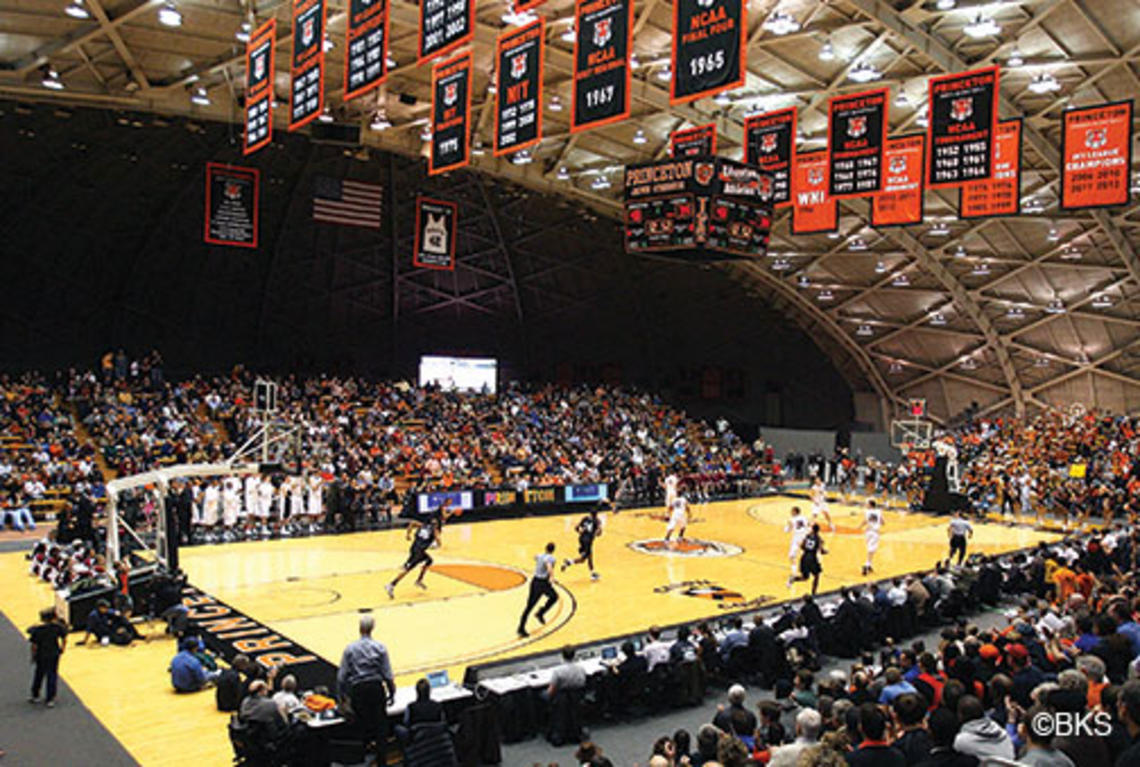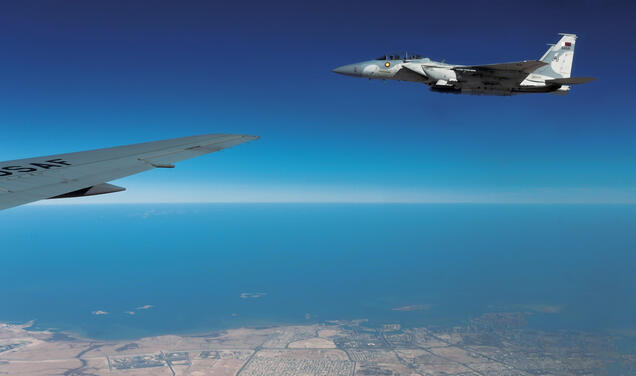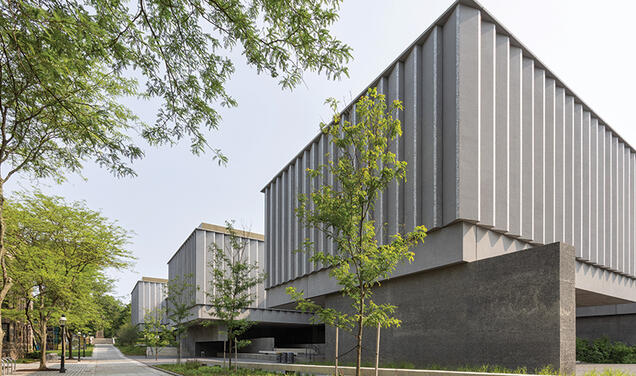
In the last four seasons, the Princeton men’s and women’s basketball teams have enjoyed remarkable success in the Ivy League, particularly at Jadwin Gym, where the men have had a 25–3 record and the women were a perfect 28–0 prior to the start of this year’s league games. On the road against the same teams, the men have been strong, though not as dominant (18–10), while the women had a still-eye-popping 26–2 record.
Home-court advantage is common in college basketball, but according to Michael James, a 2006 Harvard grad, data analyst, and Ivy basketball devotee, Princeton’s edge is extraordinary. His predictive model for Ivy men’s games, which draws on 20 years of data, gives the Tigers an extra 5.5-point boost at Jadwin. Second-best is Yale, which gets an extra 2.6 points at home.
Why is Princeton so much better at home? Do student cheers from the Jadwin Jungle unnerve visiting teams? Does the supportive crowd inspire more cohesive defense or better shot selection for the Tigers? Those factors may play a role, especially at the men’s games, which can draw more than 4,000 fans. But John Ezekowitz, a recent Harvard grad, has a different theory: Players and coaches told him that Jadwin, with its asymmetrical layout and cavernous dome, can be a difficult space for shooters, giving a noticeable advantage to the Tigers, who practice on the court every day.
Numbers that Ezekowitz compiled for the Harvard Sports Analysis Collective last March support that claim: In the last six seasons, visiting Division-I men’s teams have made 29.9 percent of their three-point attempts at Jadwin, nearly five percentage points below their season averages. The percentage of successful free throws dips as well, from 70.5 percent to 67.4 percent. Meanwhile, the Princeton men have had roughly equal three-point percentages at home and on the road, and better free-throw shooting at home. (Ezekowitz did not compile figures for women’s games.)
The point of the exercise, Ezekowitz said, was not to discount the Tigers’ highly regarded defense or make excuses for his beloved Crimson men’s team, which has lost its last 24 games at Princeton. Instead, he was trying to connect anecdotal claims with statistical trends.
According to Princeton players, an arena’s sightlines do matter. Blake Dietrick ’15 of the women’s team, one of the nation’s leading three-point shooters, learned that lesson in high school when her team stepped out of its cozy gym to play at Boston’s TD Garden — and shot miserably. Will Barrett ’14, the most prolific three-point shooter on the men’s team, said it can be particularly tough when you only visit a gym once each year. “Being a shooter, going into a stadium like this, I can see how the backdrop might affect you,” he said. “But I’m used to it — it feels like home.”











No responses yet